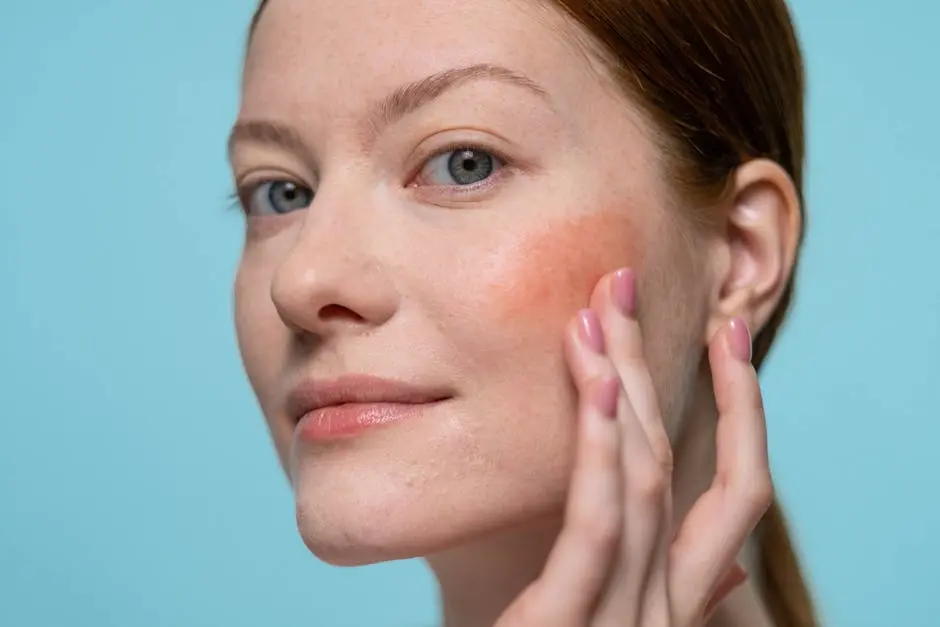Facial contouring has emerged as a go-to technique for enhancing one’s natural beauty. With so many methods available, from makeup tricks to advanced cosmetic procedures, it can be a bit overwhelming to choose the right approach for you. In this blog post, we’re breaking down some of the most popular facial contouring techniques, explaining how they work, their benefits, and what to consider before diving in. Whether you’re a beginner or looking to refine your skills, there’s something here for everyone.
1. Understanding the Basics of Facial Contouring
Facial contouring is all about enhancing the natural structure of your face, making it appear more defined and sculpted. By using shadows and highlights, you can create the illusion of more prominent cheekbones, a slimmer nose, or a stronger jawline. This technique relies heavily on understanding your face’s unique shape and features, which is essential for achieving a natural look. Moreover, it’s crucial to choose the right products and application methods that align with your skin type and tone.
At its core, contouring hinges on two main principles: highlighting and shading. Highlighting involves using lighter shades to attract attention, while shading uses darker tones to recede certain areas. Knowing where to apply these products can significantly impact your contouring results. In the next sections, we’ll dive deeper into various techniques, exploring both makeup and non-makeup options to help you master the art of facial contouring.
2. Makeup Techniques for a Flawless Contour
When it comes to achieving a flawless facial contour, the right makeup techniques make all the difference. One of the most popular methods is the classic cream and powder contouring. Cream products are excellent for blending and providing a dewy finish, while powder products offer a more matte appearance that can be easier to apply for newbies. Start with the cream to define areas such as under the cheekbones, along the jawline, and beside the nose. Then, set these shapes with a corresponding powder to ensure they last throughout the day.
Another essential technique is the use of a contour brush and a damp beauty sponge. The brush allows for precise application in harder-to-reach areas, like the sides of the nose, while the sponge gives you that airbrushed, blended look. Don’t forget to apply a good highlighter on the high points of your face—like the cheekbones and the bridge of your nose—to create a stunning contrast against your contour. This makeup application can be a game-changer, instantly elevating your everyday look.
For a quick touch-up on-the-go, remember that less is more! You can always build up your contour gradually, ensuring you don’t overdo it. With practice, you’ll discover the perfect balance that suits your facial structure, leading to a flawless look without any excess drama. This flexibility is one of the best parts of makeup contouring, allowing you to customize your approach based on the occasion.
3. The Art of Highlighting and Shading
To perfect your contouring skills, mastering the art of highlighting and shading is crucial. The philosophy behind this technique is straightforward: enhance what you want to stand out and minimize what you’d like to downplay. This highlight-and-shade strategy emphasizes your natural beauty by creating dimension and depth in your facial features. Begin with identifying the high points of your face—this is where highlight works its magic, drawing attention and radiance.
Application is key; using a liquid highlighter or a crème product can give you that soft glow while avoiding a stark contrast. Apply it to your cheekbones, brow bones, and the tip of your nose. Conversely, darker shades should be subtly placed along the jawline and the sides of your nose. This contrasting effect will provide a harmonious balance, sculpting your face gracefully and naturally.
4. Using Creams and Powders for Definition
The decision to use creams or powders for contouring significantly influences the outcome of your makeup. Creams are more forgiving, allowing for easy blending and seamless application, while powders provide longevity and a more defined structure. Many makeup artists recommend starting with creams for a base layer—it creates a smooth canvas that enables powders to adhere better and stay put longer.
Applying both forms together can yield striking results. Essentially, creams are perfect for building a foundation of definition, while powders can be employed for sharper angles and increased intensity. Each product complements the other, allowing for a versatile makeup approach, especially as light conditions vary throughout the day. This dual application can often be the secret sauce for achieving that Instagram-worthy finish that so many aspire to.
5. Beyond Makeup: Non-Surgical Contouring Options
For those looking for semi-permanent solutions, non-surgical contouring techniques have become increasingly popular. These procedures offer the chance to enhance your features without the downtime associated with surgical alternatives. One such technique is the use of dermal fillers, which can add volume to certain facial areas, such as the cheeks or chin, creating a beautifully contoured effect that lasts for several months.
Additionally, radiofrequency and ultrasound treatments have emerged as excellent options for those seeking subtle changes. These modalities tighten the skin and promote collagen production, leading to a more defined jawline or lifted cheeks over time. It is essential, however, to consult with a qualified practitioner to explore what non-surgical options best fit your aesthetic goals and determine the right approach tailored to your unique needs.
6. Surgical Procedures for Dramatic Changes
For individuals considering a more permanent solution to their contouring needs, surgical procedures can yield dramatic changes. From chin implants to cheekbone augmentation, these surgeries offer the opportunity to reshape and redefine facial structures for those wanting to make a significant transformation. However, such procedures require careful consideration and thorough research, as the effects are long-lasting and, in some cases, irreversible.
Before undergoing any surgical procedure, it is vital to have a detailed consultation with a certified plastic surgeon. Discuss your goals, explore the potential risks involved, and evaluate your expectations honestly. It’s essential to understand that while surgery can provide life-changing results, it also requires an adjustment period and a commitment to post-operative care to achieve the best results.
7. Face Taping: A Quick Fix for Events
Face taping has emerged as a trendy, albeit temporary, solution for those looking for an instant lift before an event. This technique involves the application of special adhesive tape to create a tighter jawline, enhance cheekbones, or elevate the brow area. It’s a fun and creative way to explore facial contouring without the commitment of makeup or surgical options. While the effect lasts only for a few hours, it’s ideal for special occasions or photoshoots.
It’s crucial to use the right materials and techniques to avoid skin irritation or damage. Ensure the tape is hypoallergenic and designed specifically for facial use. And while face taping can provide immediate results, it’s also important to understand that optimal contouring often comes down to the skillful application of makeup and thoughtful skincare practices.
8. Understanding Contouring for Different Face Shapes
Understanding your face shape is fundamental to effective contouring. Different face shapes—such as oval, round, square, or heart—require unique approaches to achieve the most flattering results. For instance, those with round faces may benefit from contouring on the sides of the face to create an elongated effect, while individuals with square jaws might focus on softening the angles of the jawline.
By analyzing your features and applying targeted techniques, you can highlight and minimize different areas accordingly. This personalized approach results in a more natural and appealing look. Consider seeking guidance from online tutorials or professionals who specialize in facial structure analysis to enhance your contouring practice.
9. Tips for Maintaining Your Contour After Application
Once you’ve achieved your desired contour, maintaining that look can be a challenge. Here are a few tips to ensure your contour stays put throughout the day. First, setting sprays and powders are your best friends; they lock in your makeup for hours, preventing any unwanted shine. Moreover, avoid touching your face as much as possible, as oils from your hands can disrupt your application and diminish your flawless finish.
Additionally, carry a few touch-up products like a small powder compact for quick fixes. This can help refresh your look without requiring a complete makeup overhaul. Remember, practice makes perfect, so with each application, you’ll learn more about which products and techniques work best for your unique features, helping you maintain that beautiful, contoured finish with ease.





